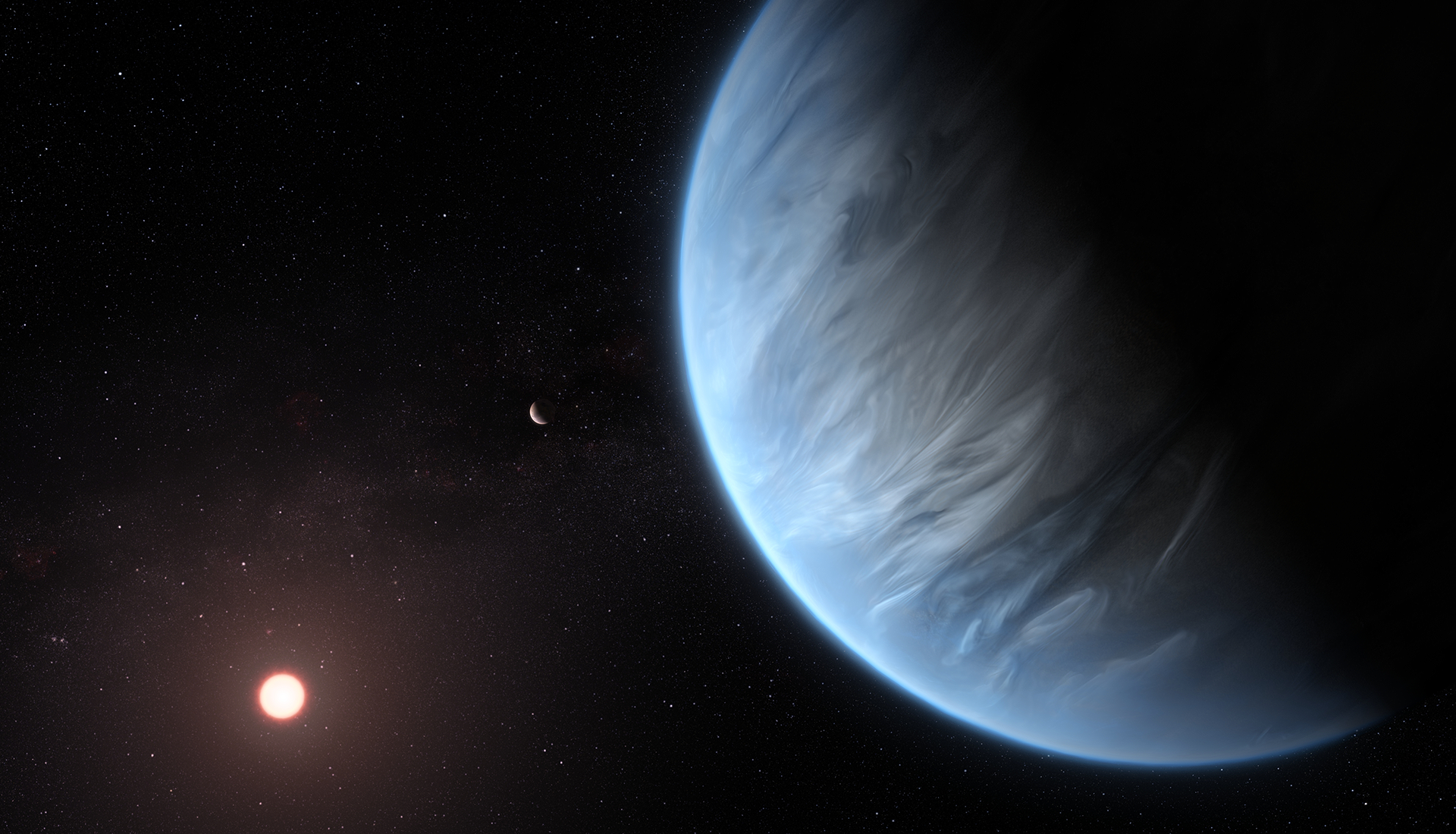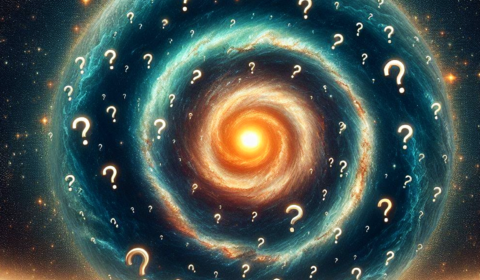A nearby exoplanet called K2-18b has been analysed by astrophysicists and could be host to life, despite being far bigger than Earth.
The idea of other life forms being somewhere out there in the vast, slightly terrifying abyss of space has been discussed for centuries, but we’ve still yet to find anything concrete that proves we aren’t alone in the universe.
There’s reason enough to be a little more hopeful than usual this week, however, as a report published in the Astrophysical Journal Letters has detailed a nearby exoplanet’s potential to host life forms. It’s called K2-18b and sits 124 light-years away from Earth.
We’ve known about the planet’s existence for a while now. Back in September 2019, K2-18b caused a stir in the media when astronomers detected large amounts of water vapor in its atmosphere. We’re hearing about it again in 2020 due to a new study that suggests there’s also plenty of potential for liquid water to be on K2-18b’s surface.
K2-18b is considered an exoplanet. It’s twice as wide as Earth and almost eight times as massive, meaning its closer to Neptune’s size than our own little chunk of rock. If K2-18b does indeed hold water, then it could potentially host life, which would alter our previous understanding of exoplanets.
What’s the deal with exoplanets?
The scientific community has long thought that planets smaller than own are the only ones that can harbour organisms, but K2-18b could be an exception to that rule. Usually, exoplanets have a layer of high pressure water that is enveloped in a thick layer of hydrogen, making the environment far too intense to inhabit life. This might not be the case with K2-18b.
Co-author of the new study, Matthew Nixon, stated that his team ‘wanted to know the thickness of the hydrogen envelope’. It seems that this envelope isn’t as thick as one would expect, meaning that life could potentially develop on K2-18b’s surface. Nixon’s analysis has confirmed that the exoplanet’s surface is hydrogen rich, with lower levels of methane and ammonia than usually expected on as big of a planet as this, which is a good thing.
K2-18b also orbits its star within the habitable zone, an area of a solar system that has the perfect temperatures and conditions for water to form as pools on the planets surface.
It’s all exciting stuff, but it should be noted that the new study simply suggests that it’s more likely for life to form – we still don’t know for certain that water is on the surface.



















